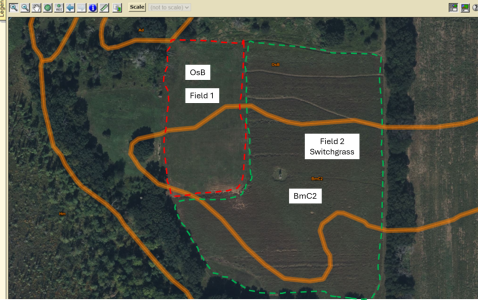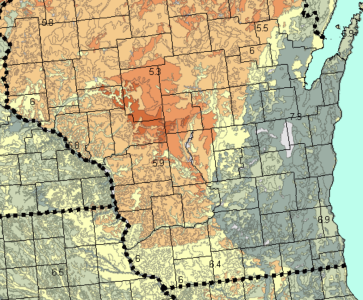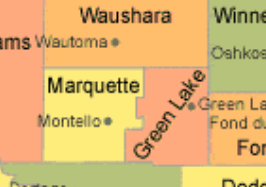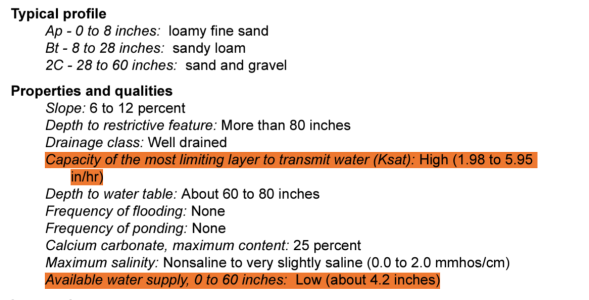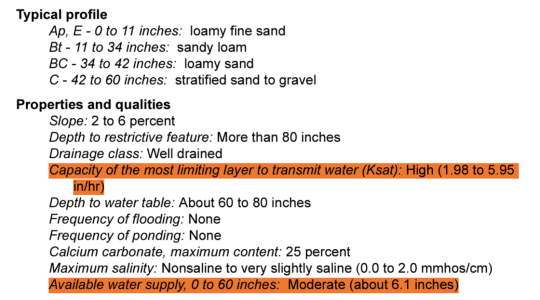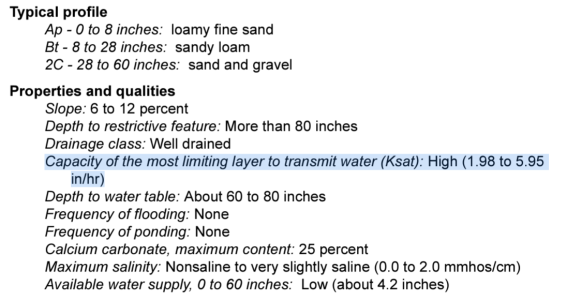Tree Spud
5 year old buck +
One of my fields has been very difficult to successfully grow anything consistently.
In reviewing the soil test, my phosphorous levels are very high. In researching, too much phosphorous and inhibit plants from nutrient uptake. I can plant, but plants seem to stall out. I have been trying to grow cover crops to increase the soil OM, but have had limited success. I am wondering if the hi phosphorous is the reason.
Below is the soil test. Would appreciate any comments on the test results and ways to address.
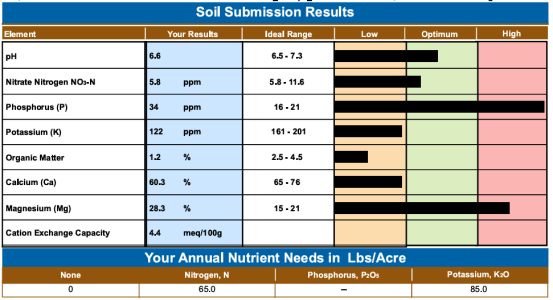
In reviewing the soil test, my phosphorous levels are very high. In researching, too much phosphorous and inhibit plants from nutrient uptake. I can plant, but plants seem to stall out. I have been trying to grow cover crops to increase the soil OM, but have had limited success. I am wondering if the hi phosphorous is the reason.
Below is the soil test. Would appreciate any comments on the test results and ways to address.


